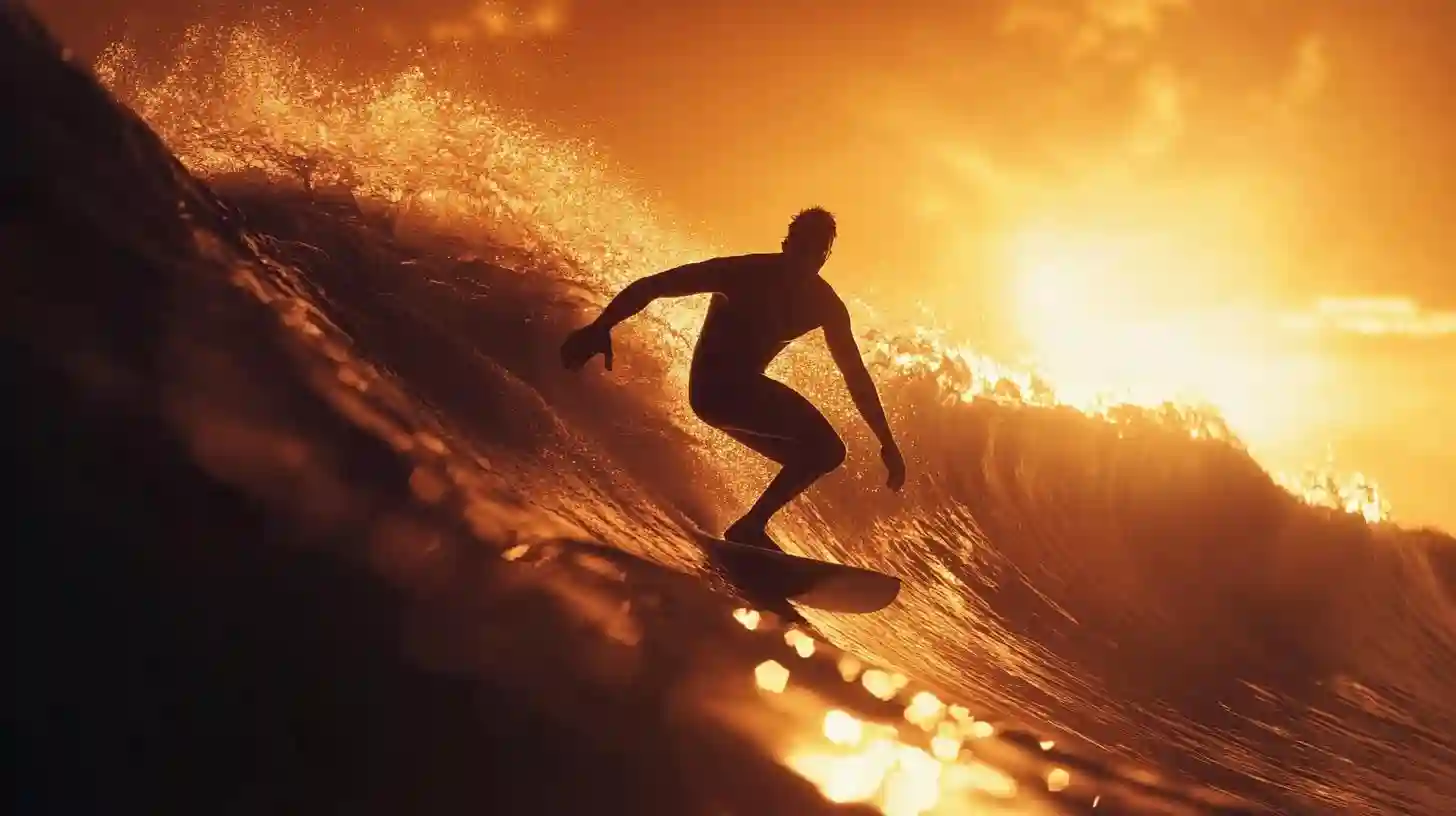
Extreme surfing is an art form that combines athleticism, danger, and the sheer thrill of riding the waves. The act itself is not merely about balance and skill; it’s about embracing nature's most powerful elements. In recent years, innovations in visual storytelling have significantly enhanced how surfers, fans, and filmmakers share the adrenaline-infused experience of catching a wave. Among these innovations, the cucoloris has emerged as a standout tool that adds depth and dimension to surf cinematography, pushing extreme surfing into focus with stunning visuals.
Cucoloris, a device originally used in theater to create shadow patterns, has found its way into the world of surfing cinematography. This simple yet effective tool can transform the way light interacts with surf films. Its ability to cast intricate shadow designs allows filmmakers to create dynamic visuals that echo the fluidity and unpredictability of the ocean itself. Instead of relying solely on wide-angle shots showcasing just the surfers, the cucoloris introduces a play of light and shadow that draws the viewer’s eye and heightens the emotional impact of each scene.
Through the use of this technique, filmmakers have crafted a visual language that resonates with audiences. The surf culture is intertwined with feelings of freedom, spontaneity, and adventure, and the cucoloris elegantly captures these sensations. Shadows dance across the waves, enhancing the swell of the ocean and the movement of the surfers. The visuals become almost poetic, creating an immersive experience that transports viewers directly into the surf, allowing them to feel the energy and excitement of extreme surfing.
Incorporating the cucoloris into surf films also enriches storytelling. Rather than simply showcasing stunning performances on the water, filmmakers can utilize shadow play to symbolize the deeper aspects of surfing life. The contrast of light and darkness can represent the duality of nature—the calm before the storm and the chaos that follows. By weaving these themes into their narratives, directors can create films that resonate with viewers on a more profound level than standard surfing footage.
One of the remarkable attributes of cucoloris is its versatility. Highly effective both in bright sunlight and in the golden hours of dawn and dusk, it adapts seamlessly to the changing moods of the ocean. Filmmakers can emphasize particular moments, creating an ethereal quality that aligns with the high-stakes atmosphere of extreme surfing. Capturing the thrill of riding massive waves, especially in twilight settings or in the golden hue of sunset, evokes a sense of nostalgia while simultaneously pushing the audience towards the present moment.
The integration of cucoloris in surf films has not only elevated the visuals but also created unexpected collaborations. Many directors are teaming up with artists to create innovative designs that reflect the movements of the ocean in new ways. This intersection of art and sport brings together a community that appreciates the aesthetic beauty of surfing. The resulting films become a celebration of creativity and athleticism, forging connections among surfers, artists, and audiences alike.
Moreover, the climactic nature of extreme surfing lends itself perfectly to the visual heightening that cucoloris provides. Filmmakers can intersperse breathtaking shots of surfers defying gravity with shadowy imagery that captures the raw power of the sea. The contrasts generated by the cucoloris accentuate these moments, making the viewer feel the thrill of a near-miss or the triumph of conquering a huge wave. This stylistic approach leaves a lasting impression that lingers in the minds of those watching, crafting an extended narrative beyond the moment captured on film.
As technology continues to advance, so too do the tools available for filmmakers in the realm of extreme sports. The cucoloris is a perfect example of how traditional techniques can be revitalized and repurposed for contemporary audiences. The desire to change the way surfing is portrayed culminates in films that reflect not only the physical prowess of surfers but also the emotional undercurrents of their experiences. By embracing this form of visual storytelling, filmmakers can forge a deeper connection with viewers, inspiring a greater appreciation for the nuances of extreme surfing.
As creators push the boundaries of visual storytelling, the impact of cucoloris within surf culture and film persists, propelling extreme surfing into focus with every wave. What once was simply a method to break the monotony of straightforward visuals has evolved into an essential part of cinematic expression. The future of surf cinematography looks brighter than ever, with cucoloris leading the way, proving that the art of surfing involves not just the waves but the entire experience captured through the lens. Each shadow painted across the surf tells a story that resonates deeply with those who dare to ride and those who wish to witness the majesty of the ocean. Through innovation and creativity, this rich tapestry of imagery continues to unfold, ensuring that the world of extreme surfing remains vibrant, dynamic, and exhilarating.